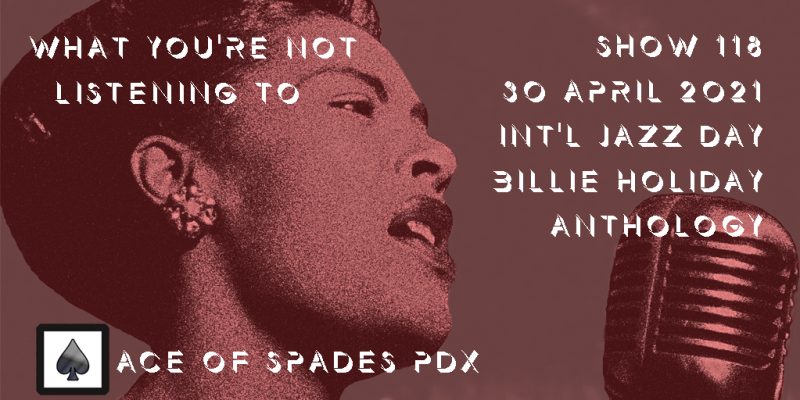Podcast: Play in new window | Download | Embed
A special tribute to one of the most important and influential Jazz vocalists in history whose story and music enthrall us still, some six decades after her untimely passing at the age of 44. #ladyday #billieholiday #jazz #womeninmusic #jazzday
There’s an adage about the woman born Eleanora Fagan in Philadelphia in 1915 and raised in Baltimore, then Harlem: Billie Holiday’s story depends on who’s telling it, which also was the headline on an article in the New York Times recently by Robert Ito reminding us all that this may be the most honest thing anyone has written in mass media in far too long.
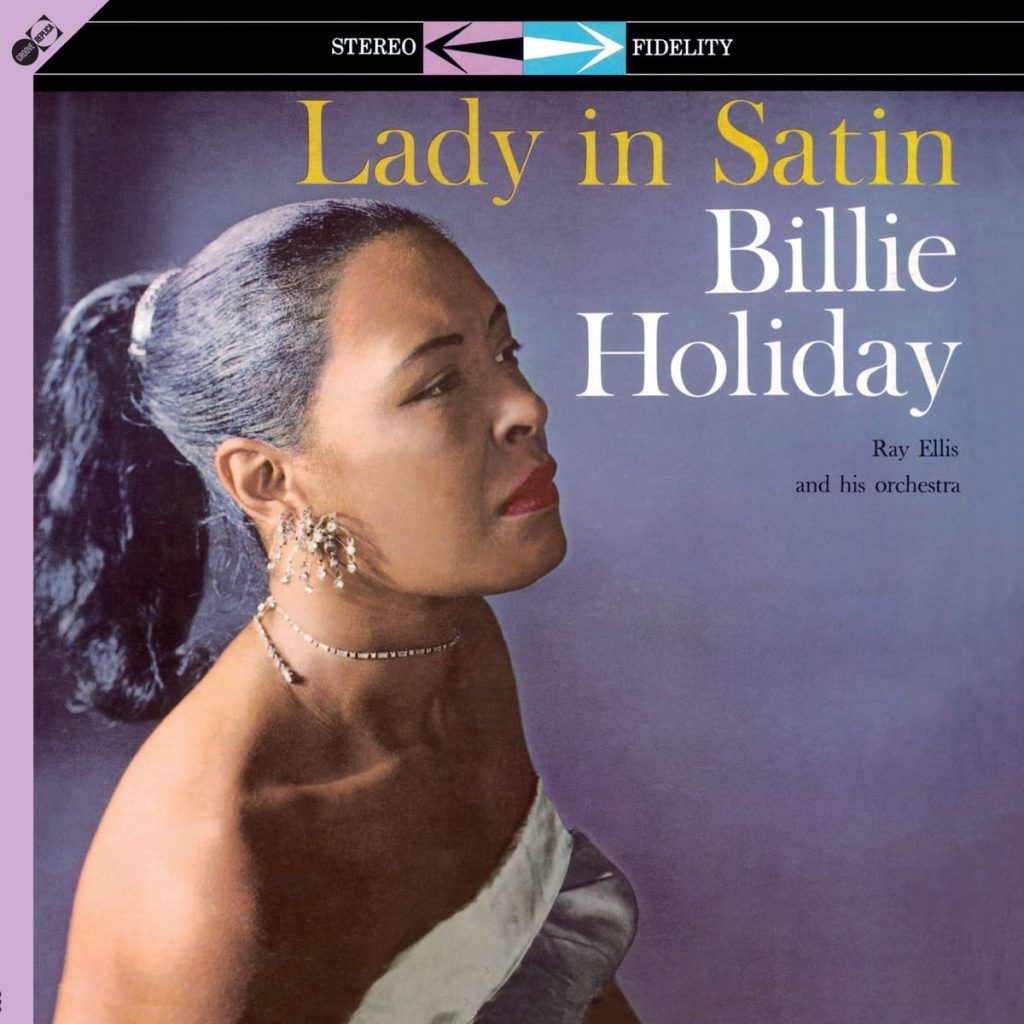
You know the lurid highlights, or lowlights, so to speak: born into poverty, raped at the age of ten, a prostitute as a teenager and at the age of 18 singing for Benny Goodman’s band. Then came fame, money, bad relationships, Jim Crow segregation, racism, inept management, drug addiction, a jail sentence, the government hounding you, unable to play nightclubs due to a criminal record, cirrhosis of the liver, penniless, death at 44 while handcuffed to a hospital bed…for crying out loud, it’s 10 Lifetime women in distress movie of the week stories in one woman and more than enough drama to make most VH1 Behind The Music stories look like a trip to the grocery store in comparison.
Part of the problem with Holiday’s story is that even her autobiography, entitled Lady Sings The Blues, omits a great deal and fudges others. Some of this was due to the threat of lawsuits from her former lovers, including Orson Welles (yes, the man who created Citizen Kane) and Oscar-nominated actress Tallulah Bankhead. This kind of laissez-faire fast and loose telling of the truth, unfortunately, seems to permeate every single telling of the story of the woman called Lady Day by Jazz legend and saxophonist Lester Young. (Young was “The Prez”, and Holiday’s mother was “The Duchess”).
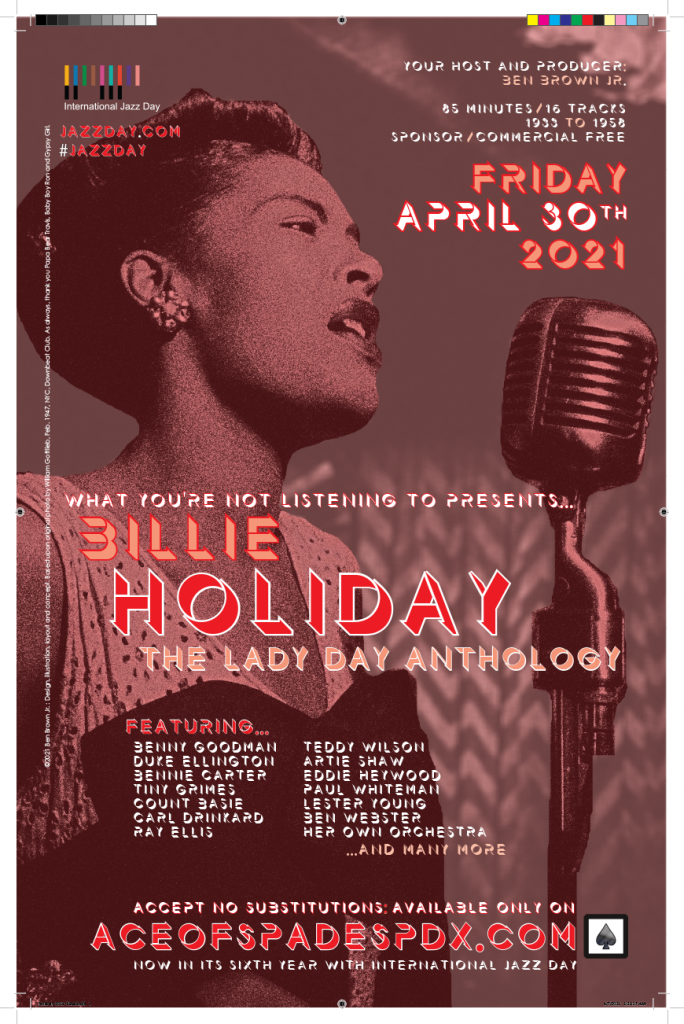
So what story am I going to tell here that hasn’t already been told or is currently being told? Seriously, there are TWO, count ’em, TWO recent films of Holiday available for streaming right now: A 2019 documentary, currently playing on Hulu, entitled Billie, based upon book research notes of Jewish feminist Linda Lipnack Kuehl, who died before her tome could be finished, and of course, the brand new Lee Daniels’ flick The United State vs. Billie Holiday, also on Hulu.
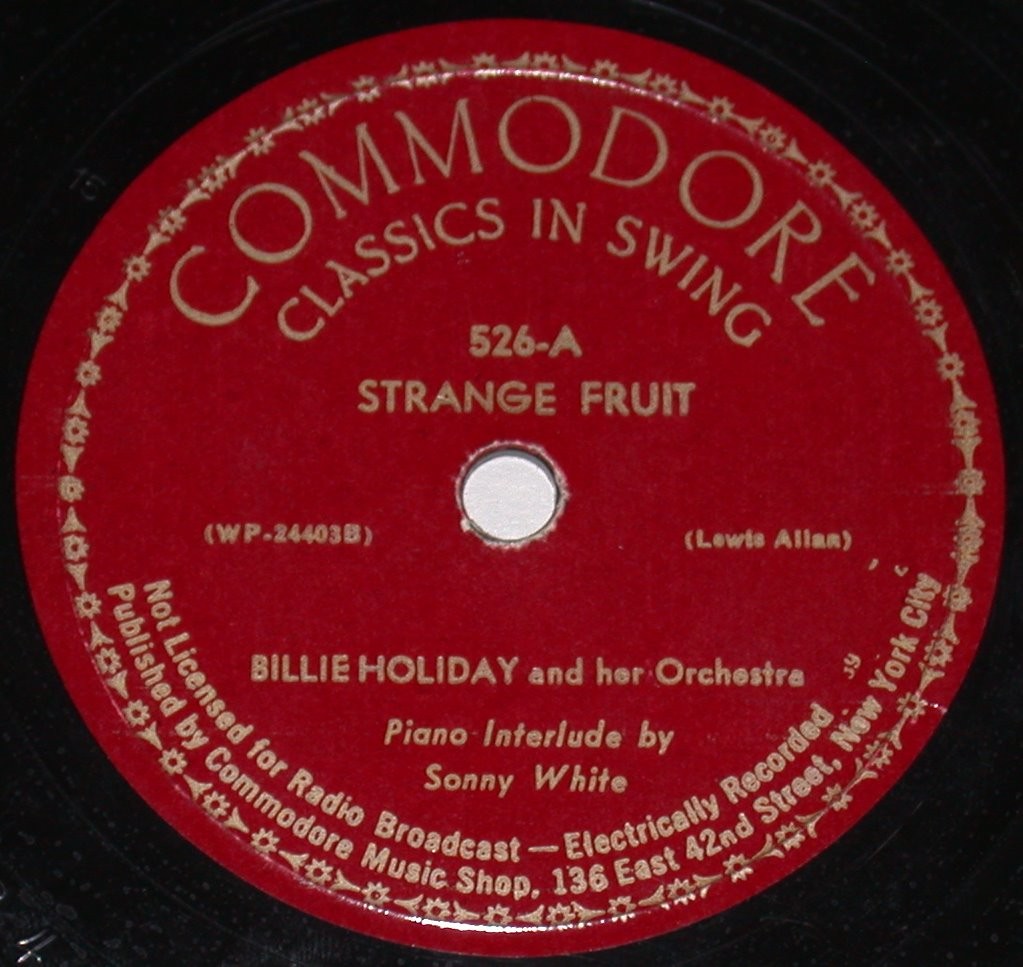
My angle? The story that got me hooked long before I knew of the tragic story of Lady Day: how enthralled I was when I first heard her voice. My story to tell is that of a master class musician. Holiday didn’t possess a great range and wasn’t a vocal powerhouse. Her gifts were that she knew her vocal limitations, perfected the Jazz vocal technique of amazing timing, had impeccable and never before widely utilized phrasing and most importantly, knew how to work within a band, not in front of or behind one.
This program will feature some of her best known songs, some you may never knew existed (including singing on an Oscar-winning short) and touch on the many talented bandleaders and musicians at every facet of her career over many different labels, major and independent. This is the story I wish to tell about Billie Holiday, and it is my sincere hope that you all enjoy the ride.
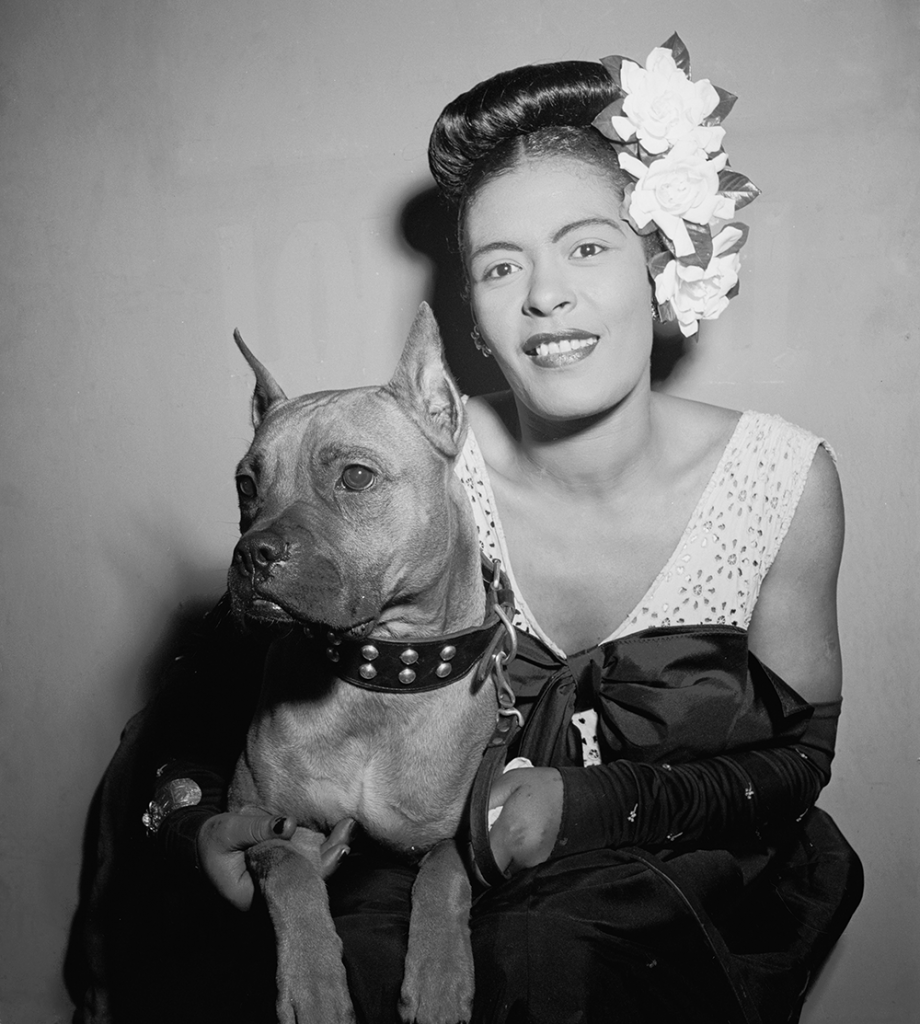
By the way, I almost decided to want nothing more than to talk about Holiday’s love of dogs, especially her boxer, but that story has already been told lovingly in Mister and Lady Day by writer Amy Novesky and illustrator Vanessa Brantley Newton. If you see the poster I designed for this event, I thank my pug, Gypsy Girl, in the credits. Because dogs, and because Billie Holiday.
First Part
- Riffin’ The Scotch, 1933, Benny Goodman and His Orchestra, 78 RPM single Columbia 2867D
- What A Little Moonlight Can Do, 1935, Teddy Wilson and His Orchestra, 78 RPM single Brunswick 7498
- Symphony in Black: A Rhapsody of Negro Life, 1935, Duke Ellington and His Orchestra, original soundtrack to the Paramount short film Symphony in Black: A Rhapsody of Negro Life
- A Fine Romance, 1936, Billie Holiday and Her Orchestra, 78 RPM single Vocalion 3333
- Any Old Time, 1938, Artie Shaw and His Orchestra, 78 RPM single Bluebird B7759
- Strange Fruit, 1939, billed as Billie Holiday and Her Orchestra, but actually was Frank Newton and the Café Society Band, 78 RPM single Commodore C-526
- St. Louis Blues, 1940, Benny Carter and his All Star Orchestra, 78 RPM single Okeh 6064
- God Bless The Child, 1941, Eddie Heywood and his Orchestra, 78 RPM single Okeh 6270
Second Part
- Trav’lin’ Light, 1942, Paul Whiteman & his Orchestra, 78 RPM single Capitol Records 116 (Holiday billed as “Lady Day”)
- Good Morning Heartache, 1946, Bill Stegmeyer and his Orchestra, 78 RPM single Decca Records 23676 A
- Now, Baby or Never (live), 1950, Count Basie Sextet, from the short film Sugar “Chile” Robinson, Billie Holiday, Count Basie and His Sextet
- All Of Me (live), Recorded 1945/Released 1954, Jazz at the Philharmonic Orchestra, Billie Holiday at Jazz at the Philharmonic Clef 10″ LP MG C-169
- Blue Turning to Grey Over You, 1951, Tiny Grimes Sextet, 78 RPM single Aladdin 3102B
- Billie’s Blues (live), Recorded 1954/Released 1982, Buddy DeFranco Quartet and The Red Norvo Trio, Billie’s Blues (live), 12″ double LP Billie Holiday 1942-1951-1954 Pathé Marconi EMI France 2C 068-86.527 M
- Body and Soul, 1957, studio band assembled by Norman Granz, 12″ LP Body and Soul Verve MG V-8197
Finale
- Glad to be Unhappy, 1958, Ray Ellis and His Orchestra, 12″ LP Lady In Satin Columbia CL 1157 (mono) and CS 8048 (stereo)
Love to you all.
Ben “Daddy Ben Bear” Brown Jr.
Host, Show Producer, Webmaster, Audio Engineer, Researcher, Graphic Designer, Videographer and Writer
Instagram: brownjr.ben
Twitter: @BenBrownJunior
LinkedIn: benbrownjunior
Design Site: aospdx.com
“Copyright Disclaimer Under Section 107 of the Copyright Act 1976, allowance is made for ‘fair use’ for purposes such as criticism, comment, news reporting, teaching, scholarship, and research. Fair use is a use permitted by copyright statute that might otherwise be infringing. Non-profit, educational or personal use tips the balance in favor of fair use.”
